|
Communities Working to Restore their Forests and Biodiversity Heritage in Sri Lanka
The isolated rural villages living in and around the Sinharaja Forest Reserve in Sri Lanka have little access to government services or external markets, and thus depend on shifting cultivation, home gardens, and forest products for their subsistence. High tea prices inspire farmers to establish new upslope tea farms which diminish forest cover and increase water contamination from fertilizers and herbicides. Containing over 50% of Sri Lanka’s endemic fauna species, the Sinharaja Forest Reserve is of national and international significance for nature conservation, and is designated as a World Heritage Site by the United Nations Educational, Scientific and Cultural Organization (UNESCO). It spans over 7,648 hectares (18,899 acres), with altitudes varying between 300m – 1,170m (984 feet to 3,839 feet), surrounded by rivers on three sides. The area is home to thousands of animal and plant species and one of the very few surviving lowland tropical rain forests in the world and the only one left in Sri Lanka. The U.S. Forest Service has partnered with the Sevalanka Foundation to support community based restoration work of degraded lands in and around the Sinharaja Forest Reserve. A non-profit organization, the Sevalanka Foundation supports efforts to decrease agricultural encroachment into forests that encircle the reserve by bringing a community development approach to poverty reduction and working to enhance the capacity of the communities to identify and address their own development needs. It is vital to include communities in protecting this buffer zone area by developing projects that improve farming practices, restore and protect natural forests, and provide income to communities. It is also important to simultaneously increase people’s appreciation for the ecosystem services provided by the unique rainforest, such as reliable clear water. In 2014, the U.S. Forest Service and the Sevalanka Foundation started working together by identifying an abandoned agricultural fragment in the buffer zone of the Sinharaja Forest Reserve as a pilot site for collaboration on restoration of degraded lands. The land is covered with non-native ferns, which occupy growing space and make it difficult for forest regeneration to occur. Following the identification of the pilot site, the Sevalanka Foundation conducted a survey of community members, through which they learned that there was strong support for restoration of the area and significant community interest in participantiong in those restoration activities. Because the Sri Lankan Forest Department is working to increase the national forest cover from 29% to 35% within the next few years, there is great interest by the government to promote ecological restoration with an emphasis on native species restoration. The U.S. Forest Service is facing similar challenges with restoration in Hawaii and in U.S. affiliated Pacific island nations. For this reason U.S. Forest Service Research Ecologist Susan Cordell, who is based in Hawaii, was invited to visit Sri Lanka with International Programs to collaborate with the Sevalanka Foundation and the Forest Department. In 2015, through a series of meetings and workshops among the Forest Department, the Sevalanka Foundation, the local community, local universities, and experts from the U.S. Forest Service, a plan was devised to restore the land to its natural condition while employing scientific methods with multi-stakeholder participation consisting of the community, the Forest Department, university students, academics, Sevalanka staff members and local schools. The restoration will occur by promoting ecological succession through assisted natural regeneration techniques, including removal of invasive species and selective planting of native species. Dr. Susan Cordell has worked with Sri Lankan partners to develop the restoration plan and monitor it over time. Over 15 community members were identified to receive nursery training and raise plants which will then be purchased by the project to use in the site. In 2016, the local partners (community members, youth environment clubs and regional foresters) in Sri Lanka are planting seedlings, providing after-care and monitoring the seedling progress. The Forest Department, community members, the Sevalanka Foundation, and the U.S. Forest Service will be working together to determine the survival rate and plan for a replication of these restoration efforts in other critical degraded lands in Sri Lanka. L-R. A view from the forest floor at Sinharaja; Many members at a community meeting were associated with an environmental youth group; Early successional native seedling collection from the community nurseries to be planted in the restoration site; Kekila fernland at Sinharaja, a common successional pathway following abandonment of agricultural lands. Photos by Susan Cordell, U.S. Forest Service.
0 Comments
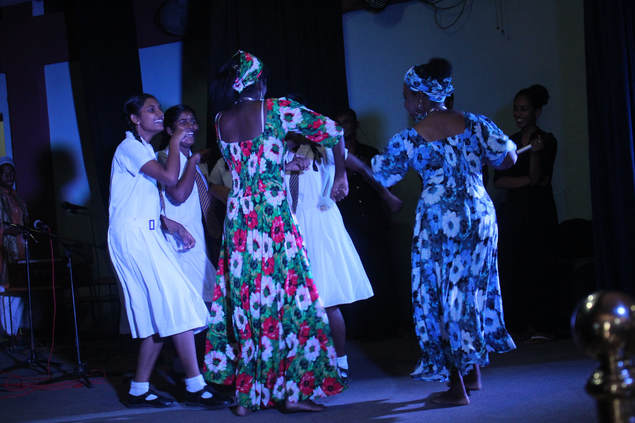 From July 3 to 7 folk artists representing the Ceylon Kaffir from; Sirambiadi (Puttalam), the Islamic Social Heritage Cultural Association - Sufi tradition from Akkaraipathu (Ampara), the Saranga Rookada Group from Ambalangoda (Galle), and the Portuguese Burgher Union from Batticaloa (Batticaloa), travelled 400 km from the West of Sri Lanka to the East, stopping in 5 schools in 3 districts, delighting children. They travelled together on a bus spending nights in Colombo, Anuradhapura and Batticaloa developing a close working relationship as a group and closer friendships as individuals. The School Concert Series was designed to foster a greater understanding amongst young children about Sri Lanka’s diverse cultural heritage in musical art forms, and develop closer relationships between folk artists from around Sri Lanka. The children listened to songs in: Sri Lankan-Portuguese Creole, in the haunting manjas sung by the Ceylon Kaffirs; Portuguese - “Baila” sung by Portuguese Burghers; dialects of Tamil in the devotional songs of the Sufis; and Sinhalese as the puppets entertained the children with the joker dance. Music cut through the language divide, with the common language of the musical beat and enjoyment going viral. Keeping true to the theme, the school concerts provided music for all. The folk artists had over the course of 5 months rehearsed together and, within their own group to craft a concert that linked their histories and cultures together, seamlessly moving from one tradition to the next as children watched enthralled. At each school a 45 minute concert was presented. The audience comprised of age groups from 10 – 16. The number in the audience varied according to the size of the hall. One concert was held outdoors, with the trees giving shade to the performers and audience. “We want more” the children yelled, when told it was time to say good-bye. At one school a student came on stage of her own accord, the teachers unable to hold her back. Addressing everyone she said with excitement “this was so nice. We liked everyone. We especially liked the Kaffir Manja, but we liked the other groups as well, but we would like to see the Kaffir manja perform again. Please bring us more exposure to different cultures from Sri Lanka as well as the rest of the World to our School again.” Having completed the concert the members of the Kaffir Manja group had changed out of costume, but when told of the request they were quick to say “give us 5 minutes we will get dressed and come out”. While they got ready, the Ambalangoda Rookada group showed a member of the audience how to skilfully manipulate the thread puppets (or rookada) to make him dance. In another school, a student said “we are so grateful for this opportunity to see these groups come to our school and perform that we would never have seen otherwise”. It wasn’t all entertainment. The students also asked incisive questions about the instruments used. The Kaffir Manja used household wares such as spoons and coconut shells to provide them with music. “Our ancestors were brought to this country as soldiers, and labourers, so they couldn't bring any instruments with them”, said a group member. “They used things you found around the house to make music. We are continuing this tradition. We want everyone to know there is music everywhere you look for it”. A teacher found that she had been pronouncing the words of the Portuguese songs wrong while teaching it to her students and promptly instructed the students to note the change. The Sufi group was thrilled that the students understood what they were singing and even when they weren’t understood the children erupted in cheers to the beat. For many of the artists the last concert in Colombo was their favourite; their 5th concert, and the last before they boarded the bus to travel 200 km to their next destination. “We decided that we would give it our all”, the artists said. At the end of the concert, the dancers collapsed laughing and exhausted back stage. There was a lot of energy to be drawn from the singing, swaying, dancing and the clapping audience. Having completed the 400 km journey and performances in 5 schools, the artists took their leave from each other, happy to have had such an experience with the school children and each other. “When is the next program?” – This was the question the artists and the school children had at the end of the series of concerts. Sevalanka Foundation together with the Department of Education, Eastern Province and UNICEF is implementing a pilot research study on social cohesion. This project intends to use music as a tool as well as an alternative language which helps communicate and brings children from different communities together in harmony.
|
Annual ReportsAnnual Report | 2015 - 2016
Annual Report | 2014 - 2015 Annual Report | 2013 - 2014 Annual Report | 2012 - 2013 Annual Report | 2011 - 2012 Annual Report | 2010 - 2011 Annual Report | 2009 - 2010 Annual Report | 2008 - 2009 Annual Report | 2007 - 2008 Annual Report | 2006 - 2007 Annual Report | 2005 - 2006 Annual Report | 2004 - 2005 Annual Report | 2003 - 2004 Annual Report | 2002 - 2003 CategoriesArchives |

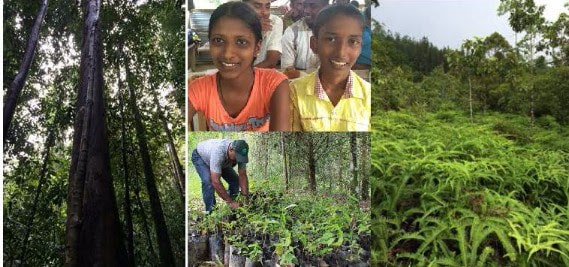
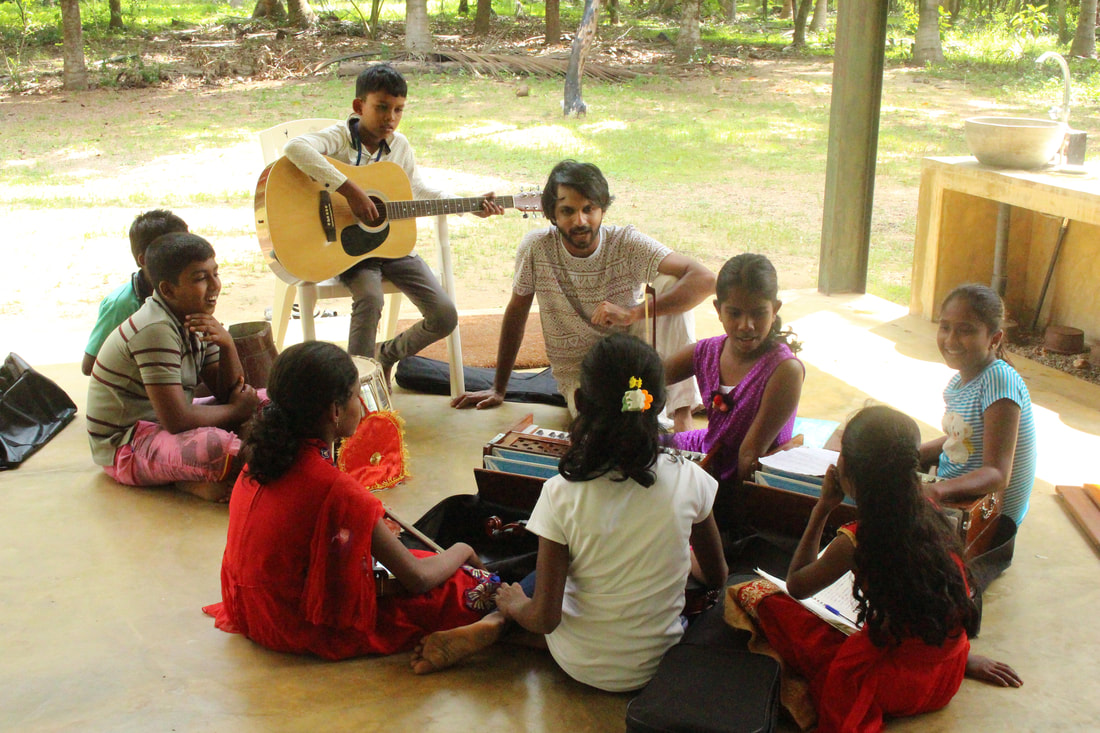
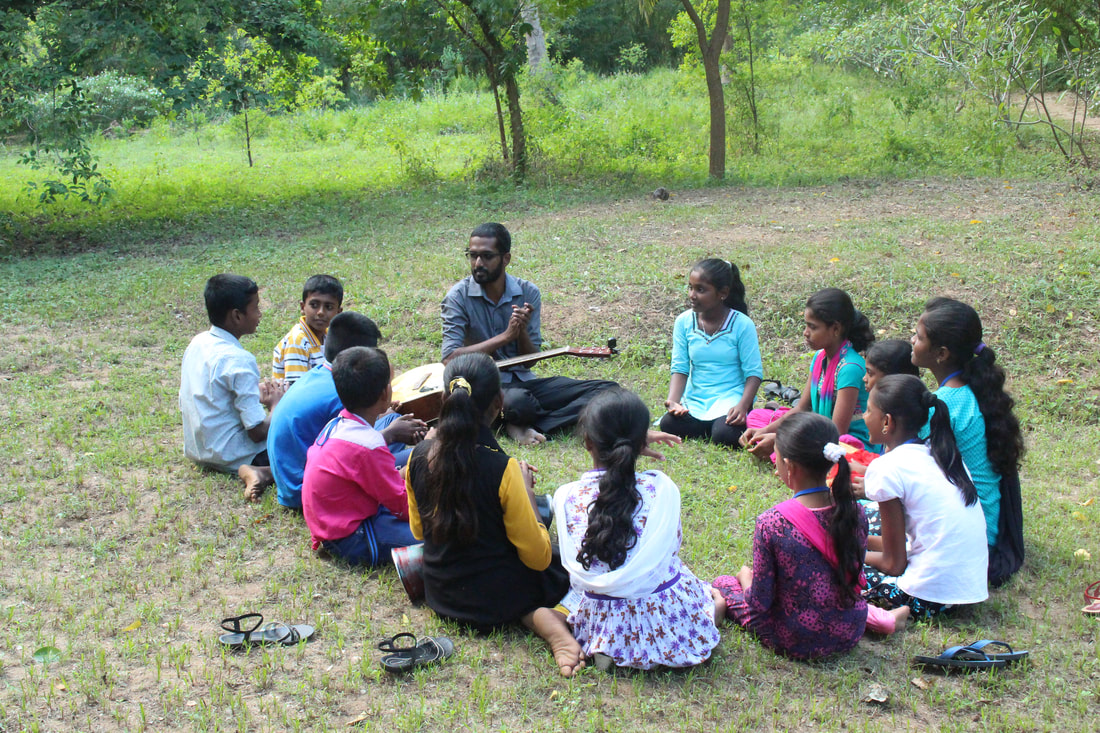
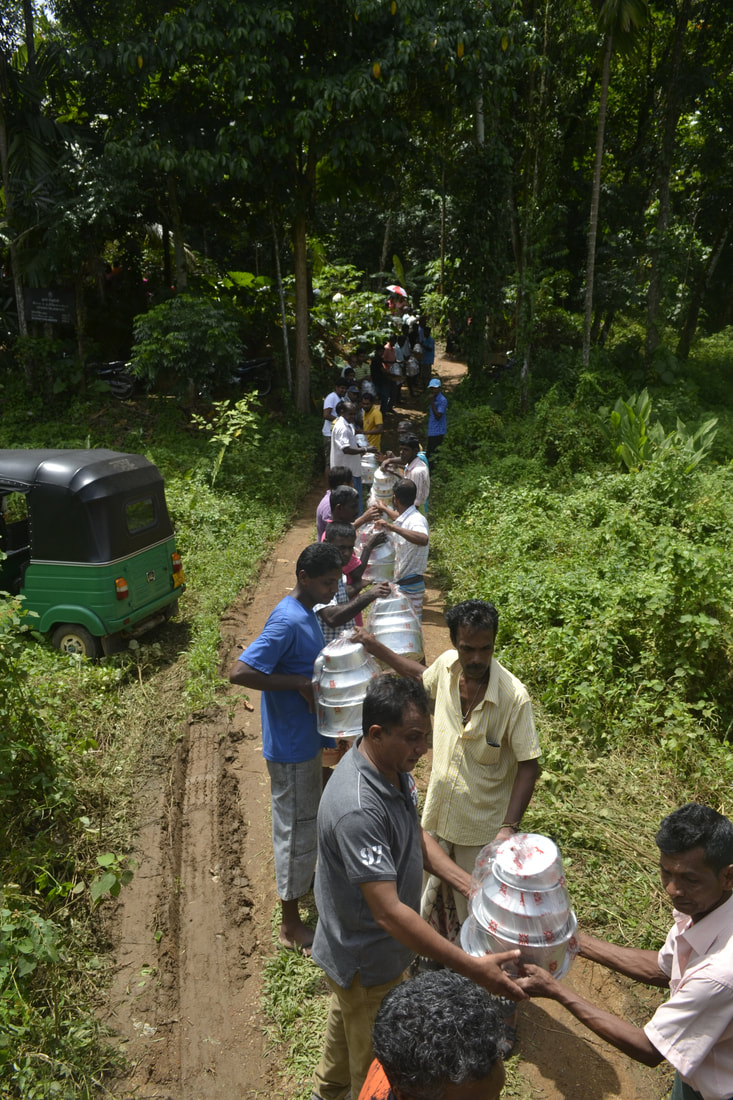
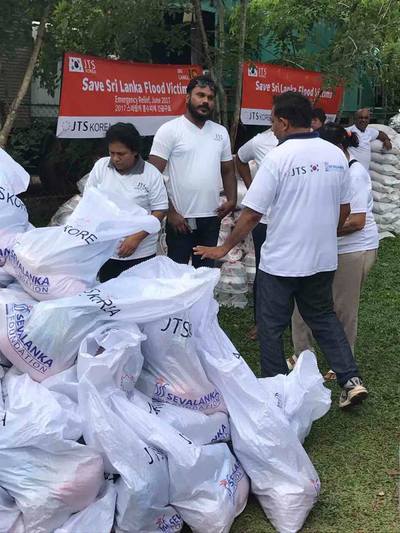
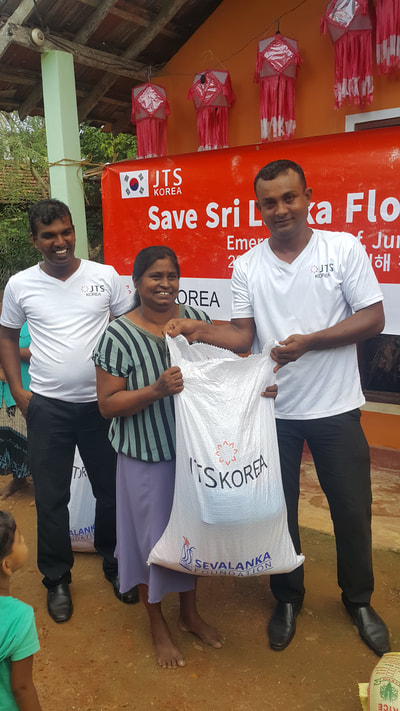
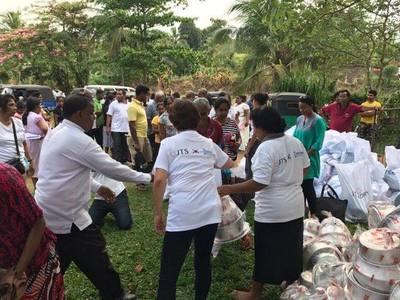
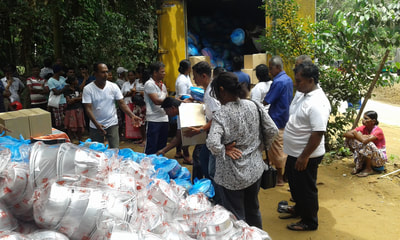
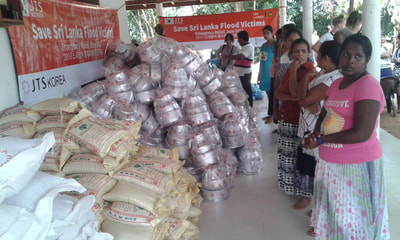
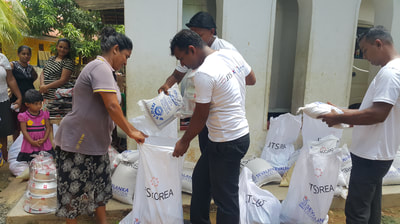
 RSS Feed
RSS Feed